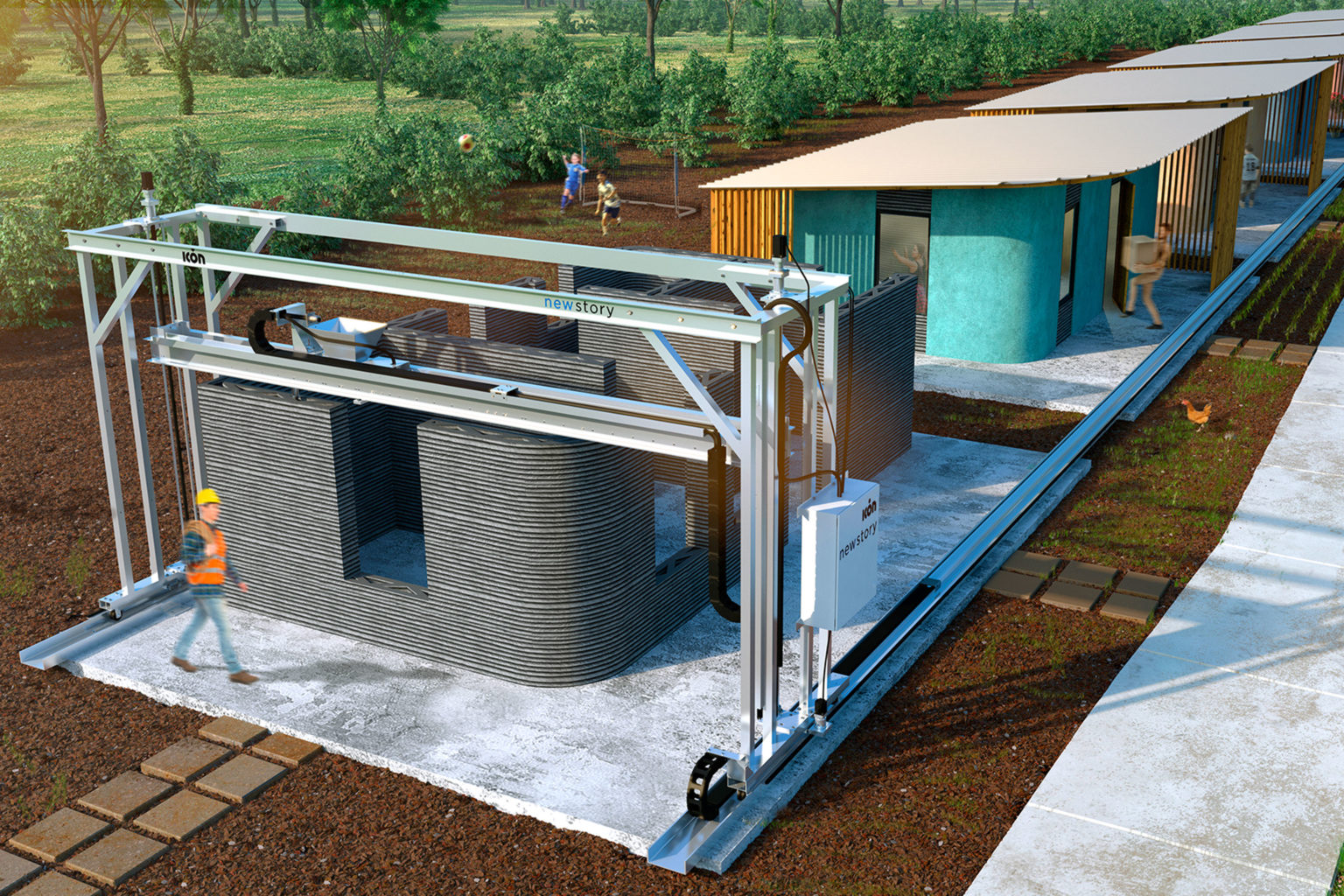CONPrint3D, conceptual system for 3D printing concrete structures, recognized at Bauma 2016
Written by: Tess
Publish Date: April 14, 2016


Many construction companies and startups have begun to recognize the potentials and advantages of using additive manufacturing in building processes as it offers a cost saving and materially efficient way of constructing buildings. Companies like WinSun have pioneered 3D printed buildings, having designed and additively manufactured 3D printed villas, and 3D printed Chinese courtyards, and now, many other companies are following suit with the innovative trend. Recently, for instance, a research team from the Dresden University of Technology has conceived of CONPrint3D, a technology that could allow for effectively 3D printing concrete on a large scale.
The project, which was recently featured at Bauma 2016, a leading trade fair for construction machinery, building material machines, and construction equipment in Munich, Germany, was even awarded the Bauma Innovation Award under the category of Education.
Developed by a team of engineers at TU Dresden led by professor Günter Kunze, the CONPrint3D technology is aimed towards eventually producing 3D printed concrete structures on a large scale using specially controlled robotic arms. Concrete, one of the most used building materials today, can still be very expensive, especially when taking into account the cost of scaffolding and formworks that are currently necessary for securing concrete in its desired shape. Additionally, after being used once, many pieces used for the formwork, such as wooden structures, cannot actually be reused for other buildings.
For these reasons, and wanting to eliminate construction waste and costs, CONPrint3D was conceived of. The technology is designed to be capable of directly applying concrete to the building site without additional formworks through an additive manufacturing, or layer-by-layer system. As the team of researchers explain, a special mix of fast setting concrete will be extruder through print head nozzle, itself “guided with geometric precision by a large scale robotic system.”
The robotic mechanics for the CONPrint3D have been based on more conventionally used machinery, like track-mounted concrete pumps, which extrude concrete mixtures through a pump based system. Of course, the technology is still in its early stages, though institutes are working together to further develop the 3D printed concrete system until it is a viable construction method.
CONPrint3D has been funded since 2014 by the Zukunft Bau research initiative from the Federal Institute for Building Urban and Regional Research (BBSR) and has so far received over 600,000 euros for the development of the technology.
As mentioned, the benefits of constructing buildings with 3D printed concrete are twofold, as it would not only allow for structures to be built precisely, but with much more efficiency in terms of both cost and material waste. Additionally, building design and architecture could be reinvigorated as well, as the extrusion application of concrete could allow for a breadth of new design opportunities.
Kunze explains, ”Concrete is the most important building material of our time. The architectural diversity of concrete structures is too technically complex for today’s production methods. With the research project CONPrint 3D we have created the basis for an industrial revolution at the construction site."
In an age where sustainable building and lifestyles are gaining increasing importance, 3D printed concrete systems might just be a key innovation in the field of construction.
About the Author
This article is written by Tess
Read the original post here.


